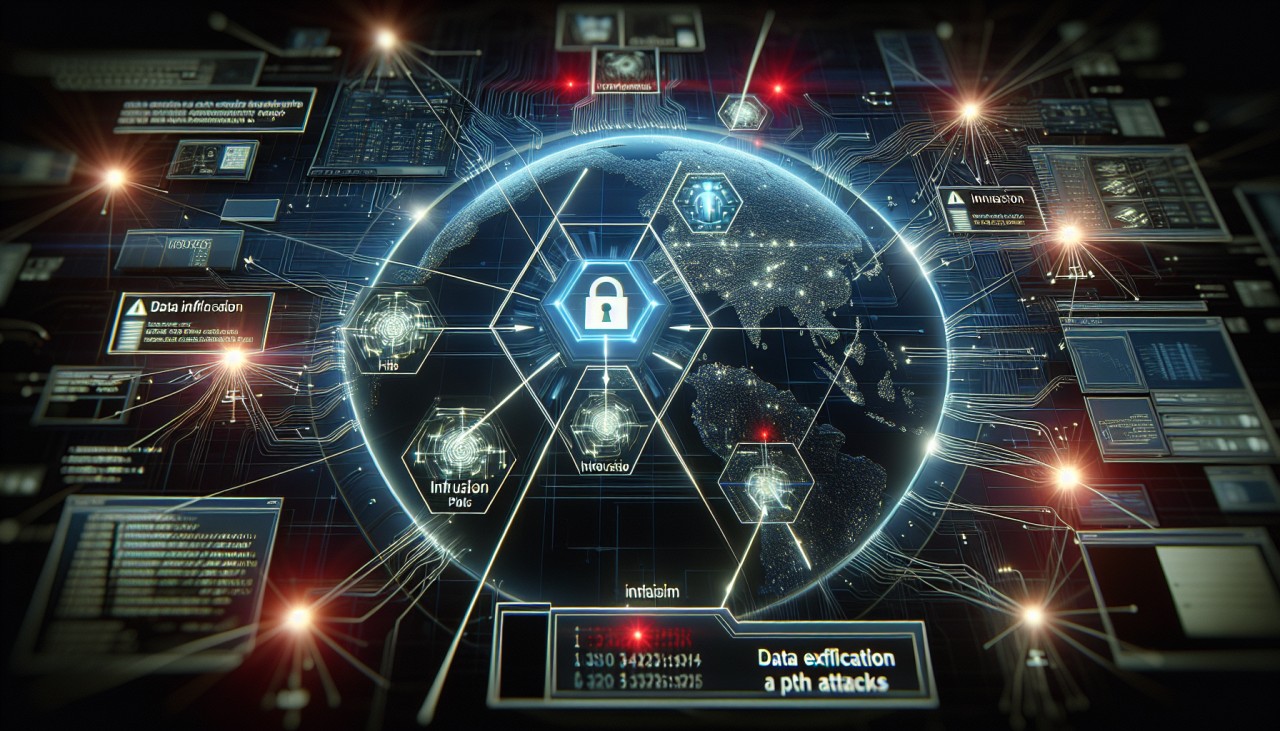


In 2024, Advanced Persistent Threats (APTs) have become a formidable challenge in the cybersecurity landscape. According to Kaspersky's Managed Detection and Response (MDR) analyst report, APTs were detected in 25% of companies, accounting for over 43% of all high-severity incidents. This marks a staggering 74% increase compared to 2023, highlighting the growing sophistication and persistence of these cyber threats. APTs are characterized by their stealthy nature, often remaining undetected for extended periods while infiltrating networks to exfiltrate sensitive information or disrupt critical operations. The rise in APT incidents underscores the need for organizations to bolster their cybersecurity measures and adopt proactive defense strategies.
The surge in APT activities can be attributed to several factors. The increasing complexity of cyberattacks, coupled with the availability of advanced tools and techniques, has enabled threat actors to execute more sophisticated and targeted attacks. Additionally, the expansion of digital infrastructures and the proliferation of connected devices have broadened the attack surface, providing more entry points for malicious actors. To effectively combat APTs, organizations must implement comprehensive security frameworks that include continuous monitoring, threat intelligence sharing, and rapid incident response capabilities. Collaboration with cybersecurity experts and staying informed about emerging threat vectors are also crucial in mitigating the risks associated with APTs.